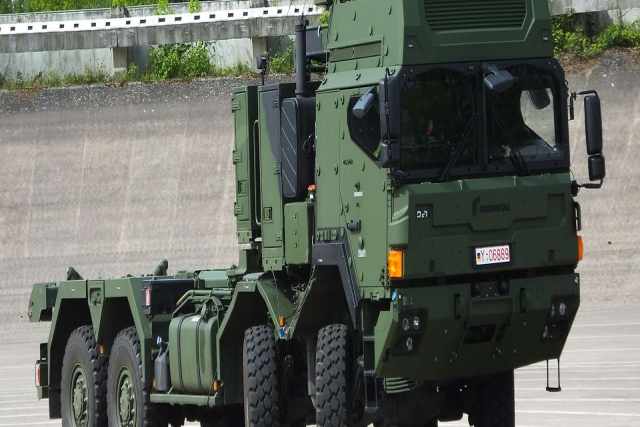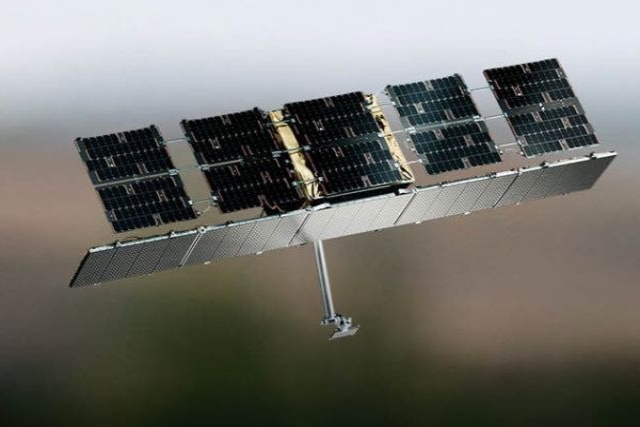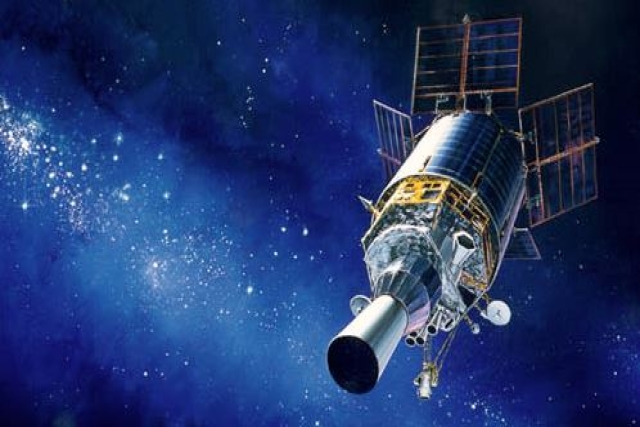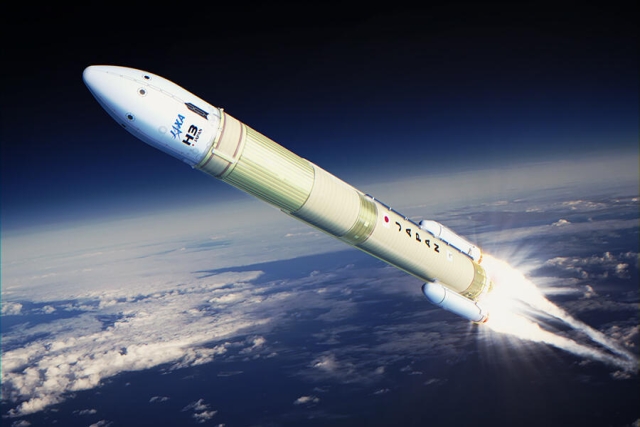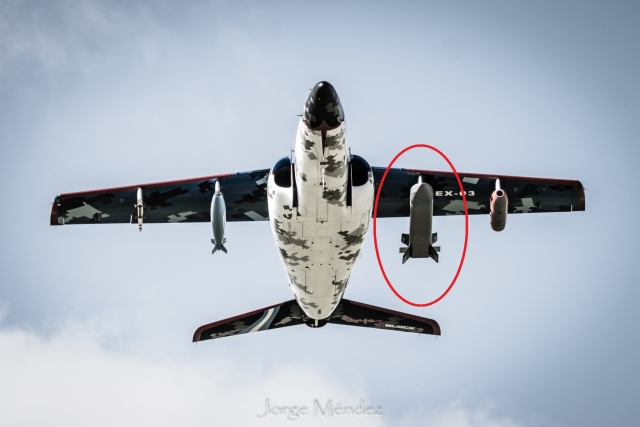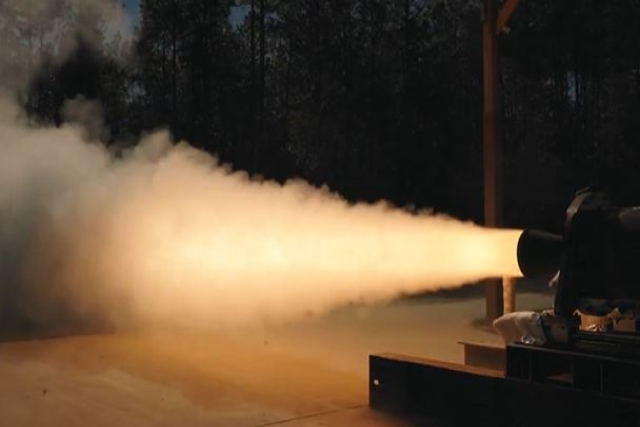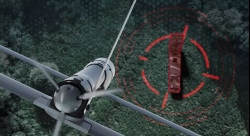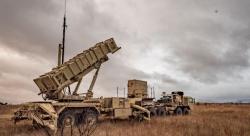U.S. Navy, DARPA Develop Robotic System for Satellite Servicing
Robotic payload enables in-orbit repairs and upgrades for geostationary satellites.
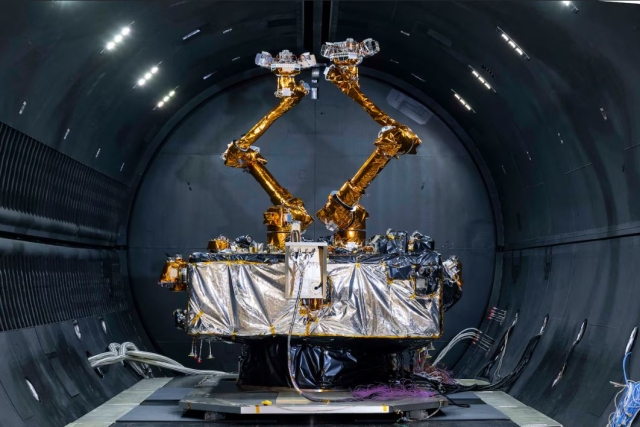
The U.S. Naval Research Laboratory (NRL) and the Defense Advanced Research Projects Agency (DARPA) have completed the development of a spaceflight-qualified robotic payload designed to perform in-orbit servicing of geosynchronous satellites.
The milestone, achieved on October 8, marks a step toward transforming satellite operations in geostationary orbit.
Developed under DARPA's Robotic Servicing of Geosynchronous Satellites (RSGS) program, the payload, named the Integrated Robotic Payload (IRP), has been delivered to Northrop Grumman’s SpaceLogistics for integration with the Mission Robotics Vehicle (MRV). The MRV is slated for launch in 2026, with operational servicing missions to follow.
According to NRL Director of Research Bruce Danly, the IRP’s thermal vacuum testing confirms its readiness for space conditions. The payload's capabilities include satellite inspections, orbital adjustments, hardware upgrades, and repairs. This creation could extend the lifespan of satellites and reduce the need for costly backups and excess fuel.
NRL has spent nearly a decade on the IRP's design, testing, and integration, building on over 20 years of satellite servicing research.
Geosynchronous satellites, located about 22,000 miles above Earth, support essential military, governmental, and commercial functions. Current limitations in on-orbit repair and upgrade capabilities increase costs and complexity. The RSGS program aims to change this dynamic, allowing modular upgrades and repairs to high-value assets.
The robotic payload underwent rigorous thermal vacuum testing, replicating the harsh conditions of space. Engineers verified the performance of robotic arms, avionics, cameras, and other systems. These tests ensure the payload can perform servicing tasks reliably in orbit.
Following its launch, the robotic system will undergo calibration and full operational testing. If successful, the technology could pave the way for modular satellite designs, large in-orbit structures, and capabilities for space operations.
